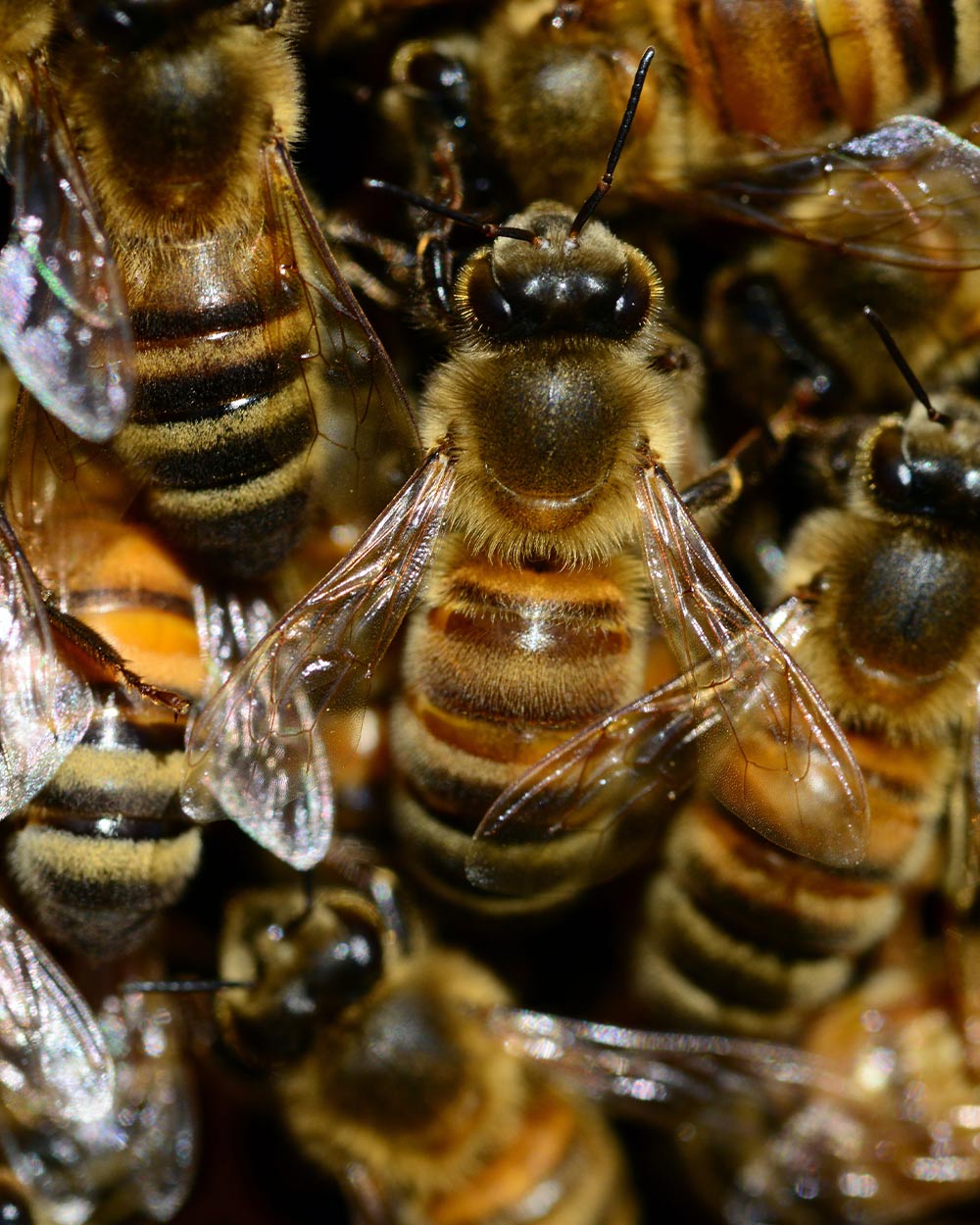
Breakthrough in Anticancer Research Finds Honeybee Venom Kills Cancer Cells in Minutes
Honeybee venom, derived from the Apis mellifera species, has been the subject of extensive research in recent years. While the medicinal properties of honey have long been recognized, the therapeutic potential of honeybee venom and its major component, melittin, are only beginning to be fully understood. A new study published in NPJ Precision Oncology has shown that honeybee venom and melittin exhibit potent anticancer effects, particularly against aggressive subtypes of breast cancer.

Melittin, the major component of honeybee venom, has been found to induce cell death in certain cancer cells.
Unveiling the Anticancer Potential
The study demonstrated that both honeybee venom and melittin induce cell death, with a particular efficacy against the aggressive triple-negative and HER2-enriched subtypes of breast cancer. This discovery opens new avenues for the development of targeted therapies against these challenging forms of breast cancer.
According to the University of Western Australia, one of the key findings of the study is that honeybee venom and melittin suppress the activation of epidermal growth factor receptor (EGFR) and HER2 in breast carcinoma cells. These receptors play a crucial role in cancer cell growth and survival, and their overactivation is associated with aggressive forms of breast cancer. By interfering with the phosphorylation of these receptors, honeybee venom and melittin effectively dampen their signaling pathways, leading to cell death in cancer cells.
“We found that melittin can completely destroy cancer cell membranes within 60 minutes,” said Dr Ciara Duffy.

Honeybee venom is a natural substance produced by honeybees (Apis mellifera).
Understanding the Mechanism of Action
Another study into the mechanism of action revealed that the positively charged C-terminal sequence of melittin mediates its interaction with the plasma membrane of breast carcinoma cells. This interaction is critical for its anticancer activity, as it disrupts the activation of EGFR and HER2. This breakthrough understanding paves the way for the development of targeted therapies that capitalize on the unique properties of melittin to combat aggressive breast cancers.
Combination Therapy Approach
The more recent study also explored the potential of combining melittin with existing chemotherapy drugs. Administration of melittin alongside the chemotherapy drug docetaxel demonstrated enhanced suppression of breast tumor growth in an allograft model. These findings suggest that melittin has the potential to synergize with existing therapies, paving the way for novel combination treatment approaches that could improve patient outcomes.

Honeybee venom has antimicrobial, anti-inflammatory, and analgesic effects.
Implications for Cancer Treatment
The study on honeybee venom and melittin represents a significant step forward in understanding the molecular mechanisms behind their anticancer effects. By uncovering the suppressive effects on key growth factor receptors and enhancing the targeting and efficacy of melittin, researchers have unlocked a promising avenue for the development of novel breast cancer treatments.
As research progresses, honeybee venom and melittin may find their place in the arsenal of anticancer therapies, offering hope to those affected by aggressive forms of breast cancer.